Deserts are lands that get at least 250 mm (10 inches) of precipitation per year. They are dry and hot in the day and very cold at the evening time. Therefore an essential thing you will require if you happen to find yourself in the sea of sand, should be knowing how to find water in the desert. The hot temperature in the desert will dry you out rapidly, particularly if you can’t really go away from the sun.
Deserts take about a quarter of the world today, and approximately a billion people now live in the desert. Here’s our must-read topic on how to survive in a dessert for your added knowledge. These lands get at least 20 inches of rain per year, which implies that finding clean water for the purpose of drinking and cleaning can be tedious and even unsafe, particularly when it requires trekking to a faraway spring or well. The issues may deteriorate if on-going weather change strengthens dry seasons and human actions, for example, irrigation absorbs most of the world’s available fresh water sources.
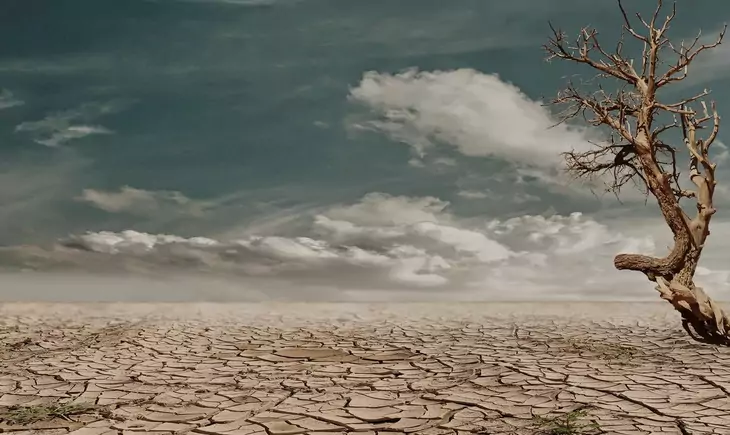
Advanced approaches to discover moisture are required. A few researchers are drawing motivation from the natural world, drawing different tricks from animal creatures and plants that have adjusted to living in dry areas. Others are thinking up their own one-of-a-kind techniques for gathering water from more subtle sources. Discussed in this article are the ways of finding the water in the desert. So read on and learn!
Searching for Wet Areas
Here in this section, we shall be looking at how we can accurately search for wet areas.
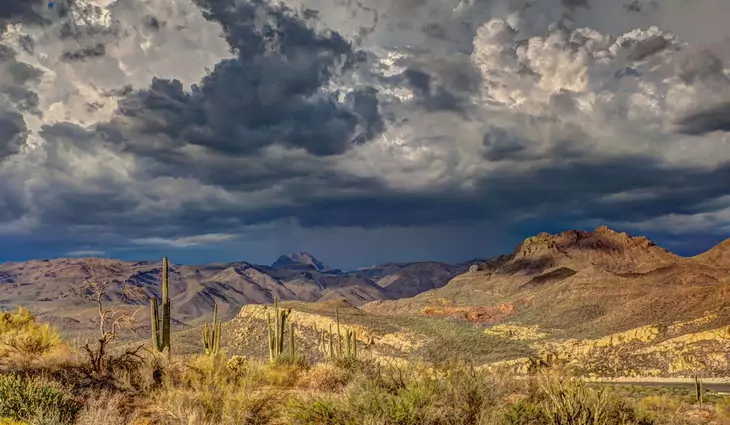
Just follow the steps below:
- Moderate the rate at which water is lost: Sun exposure and exercise will accelerate dehydration. Be careful whenever you look for water. Ensure you stay in a shady area far from the wind if it is hot outside. Keep your skin secured to lessen the loss of water as a result of sweat evaporation.
- Take after wildlife: A gathering of animals quite often implies the water is close by. Search for the accompanying signs: listen patiently to birdsongs and watch the sky for birds circling around, if you have experience with swarms of mosquitos or flies, search close-by for water, bees regularly fly in a straight path between hive and water sources, watch out for animal creature trails or tracks, particularly ones pressing towards downhill.
- Search for vegetation: Thick vegetation and most trees can’t get by without a relentless water source. In case you are new to nearby vegetation, go for the greenest plants you can find. Both wide-leafed and deciduous trees are a common sign than the pine trees having a tendency to accommodate more water. In North America, search for cattails, weed, arrow, cedar, salt, hackberry, sycamores, willows and cottonwoods. In Australia, search for water bush, desert oak, needle-shrub or desert kurrajong. Watch out for eucalyptus (otherwise known as mallee eucalypts) that develops with numerous stems rising outward from a similar underground tuber.
- Look up valleys and canyons: Your most logical option is the canyon that remains shaded amid the hot dawn. This implies a southbound canyon if you are in the Southern Hemisphere or a northbound canyon in case you find yourself in the Northern Hemisphere. Discover these with the help of a geographical guide if you have one in your possession, or eyeball the encompassing landscape. Snow or precipitation will probably be held in these cooler canyons mostly after a major rainstorm.
- Discover dry stream or waterway beds: You can discover water simply under the surface most of the time. The best place you need to consider is a curve in the waterway located on the exterior edge. The streaming water may have dissolved this land down thereby causing a depression effect of the leftovers of water.
- Recognize promising rock properties: Groundwater gathers at the foot of and mountains partitioning lines of a landscape. In a perfect condition, ensure you dig where a hard, non-porous rock slopes underneath the surface. Soft stones as sandstone, can create holes that help hold water for some time after a rainstorm. In case it drizzled as of late, look along leveled areas of these kinds of stones, or at the highest point of rocks and disengaged domed outcrops.
- Discover sand ridge close to the shoreline: In case you’re close to the sea, the sand ridge along the shoreline may trap and channel the sea water. Burrowing over the high tide line may uncover a thin layer of water, residing on above heavier salt water.
- Discover high ground if you’re left with no other alternatives: Climbing the high ground will give you the proper vantage level in order to search for the features discussed above. By the time the sun is getting low, search for a reflection glare on the ground. It might be in the form of a water body. In case you find yourself in a zone being used for cattle rearing, you may see features of artificial water below the gently inclining ground. Remember to take a pair of binoculars along with you if you are planning on going out to a desert. This can be more than a help to spot ranges where you might discover water from a long distance.
Burrowing for Water
Now that you’ve to know how you can successfully search for water, it’s high time we discuss how you can actually burrow the ground and gather enough water for survival.
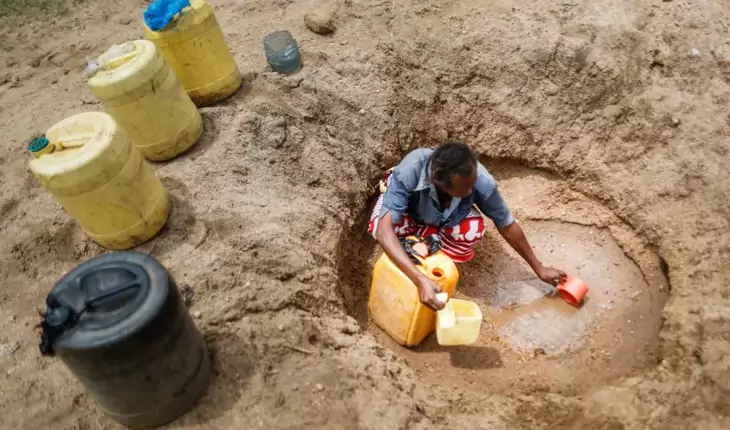
Let’s go!
- Pick a conceivable spot: Once you’ve gotten to a zone that appears to be encouraging, check for any surface of the water body. Most of the times, you won’t be that fortunate the very first time and you have to burrow until you get one. Here are the best zones to carry out this activity: the base of slanting rock features, close thick vegetation holes, particularly where lumps and cracks may demonstrate tree roots, any place the surface soil feels moist, or possibly more clay-like, least point in the zone.
- Hold up until a cooler period of the day: Burrowing during the sunny period is unsafe and cause you to lose sweat to sun exposure. If you can patiently hold on, remain in the shade until there is a drop in the temperature. In the early morning, groundwater has a tendency to be close to the surface, particularly in vegetation zones.
- Search for dampness under the surface: Burrow a thin hole around 30 cm (1 ft) deep. In case the ground is still not wet, proceed to another spot. If you see any soggy soil, proceed to the subsequent stage.
- Expand the hole: Expand the hole until it reaches around 30 cm (1 ft) in diameter. You may see water leaking in sideways, yet get done with burrowing regardless of the possibility that you don’t.
- Hold on for the water to gather: After a couple of hours or toward the closing of the day, come back to your hole. If you find any water in the soil, wait for it to gather at the hole base.
- Accumulate the water: In case the water is hard to get to, drench it up with a fabric and press it into a makeshift container. Gather all the water immediately. Water holes can exhaust quickly while in the desert.
- Purify the water: If possible, ensure you disinfect the water before you drink it. Sieving it using an anti-microbial filter, applying iodine tablets, or even heating the water up, will help to expel every single microorganism. Here are crucial techniques on how to purify water for survival situations, read this before embarking on any of your trips.
Waterborne diseases may bring about diarrhea and vomiting, which get you dried out quickly. In any case, these diseases frequently take a couple of days or weeks to bring about genuine side effects.
Drink the water now in case there is an emergency, and visit the specialist when you’re back on track.
Other Places to Discover Water
Apart from burrowing the ground for water, there are still many water sources available in the deserts.
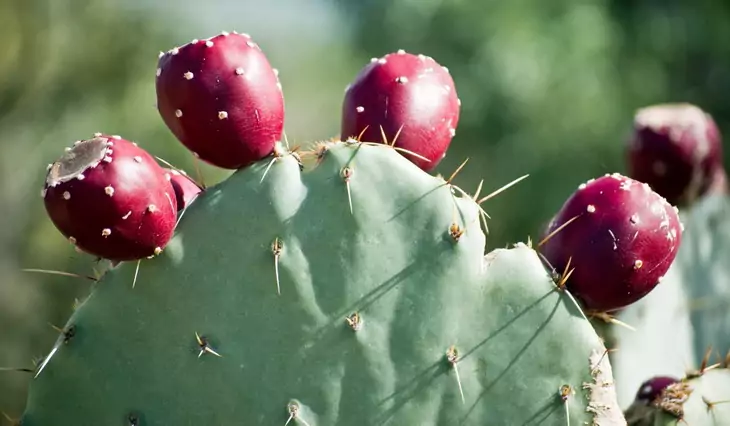
Some of the are discussed below:
- Gather together dew: Search for dew drops on plant vegetation before the first light. To accumulate it, hover a permeable fabric over the dew and squeeze it into a container. In case you don’t have any permeable fabric, improvise one by forming a bunch of grass into a ball.
- Look in tree hollows: Dead or rotten trees may still contain some amount of water inside their storage compartment called “trunk”. In order to get into the little tree openings, you need to tie a fabric around a stick and insert it through the tree opening to soak up water. Insects and Bugs entering into a tree opening might be a water indicator.
- Search for water under and around rocks: Rocks slow down water dissipation, so dew or water may tend to wait around them for quite a period of time. Because the stone base is much cooler than the encompassing air, we have to turn over the half-covered stones in the desert before sunrise so as to make dew land on their surface. Check for scorpions and all other creatures turning the stone over
- Eat Cactus Fruit: These succulent fruits are eatable and contain enough water to supplement other water sources you may have. Gather the fruit with care in order to avert any form of injury. Roast them for about 30 to 60 seconds in a fire for the hairs and spines to be consumed. You can also eat thorny pear cactus pads too. They are really best when assembled still green in the spring and cooked. They are always hard to eat in other seasons.
- Gather water from eucalyptus roots: The eucalyptus is a conventional source of water in the Australian deserts. However, it can be hard to access for an untrained individual. Every eucalyptus resembles a furrow of medium trees, developing outward from just one underground plant. In case you see a eucalyptus that corresponds with the above description, attempt to acquire its water as follows: burrow a root anywhere you see a crack or bulge in the ground or search for them at around 2 – 3 meters (6.5 – 10 ft) from the tree. The most encouraging roots are as thick as the wrist of a man; haul out the length of the root, severing it close to the trunk; break the root into small pieces 50–100 cm (1.5–3 ft) long; stand the roots vertically and allow the water to drain into the container; search for extra roots. There are generally 4-8 of them that are close to the surface.
- Drink barrel cactus water only if there is no option: Most waters inside the barrel cactus plants are toxic. Drinking them can bring about pain, vomiting, and even paralysis. Here is how to get the water: the only eatable barrel cactus is called “the fishhook”, found mostly in drainages just in the northwest Mexico and the southwest US. It’s around 0.6 m (2 ft) in diameter, with longer spines that end in a hook or curve. It might have yellow or red flowers at the top; remove the highest point of the cactus plant with a machete or other appropriate tools; squash the white interior part of the cactus into a mash and press out the water; limit the measure you drink. They usually contain oxalic acid and tastes bitter thereby causing bone pain and even kidney disorders.
- Wrap plants with plastic bags: Shake the plant to limit potential contaminants. Then, wrap them in a plastic bag, closely fixed around the stem. Cause the bag to weigh down with a stone to form an indicator for water flow. Return before the day ends to check whether the water has gathered, because of the plant discharging vapor.
- Test a strange plant with maximum precaution: If you have been left with no other options, you may need to look for liquid in plants that you can’t recognize. Take after these precautionary measures if possible: test just a single portion of the plant at a time. Flowers, buds, roots, stem and leaves may have distinctive impacts. Select a portion that produces liquid when it is being broken; select plants with strong or acidic scents out if you have different alternatives; ensure you don’t eat for 8 hours before the test; the last step is to touch the plant to check for any response.
What Water Sources are in the Abandon?
If you are short of water while in the desert, what other natural substances can you drink, and where would you be able to discover them?
- Search for sycamores, willows, and cottonwoods: These are some of the trees, mostly found in canyons where there is quite a lot of water in the soil. It might be that you climb to a forest of cottonwoods and there is a pool or spring of water or, you may need to burrow down a couple of feet along the roots and check whether it tops off with water in a dry year. These trees can be located from miles away and are known for their seriously splendid green foliage (contrasted with the dull green of a juniper or pine tree). I have additionally depended upon aspen trees located in the Great Basin Desert for springs search. Palm trees found in the Mojave Desert can likewise serve as a harbinger of water. These trees are regularly the destinations of desert springs in the Middle East and Africa.
- Northbound Canyons can frequently hold extensive pools of water: Perusing a topographical guide can help you with finding these, alongside investigating such Canyon from a long distance with the help of a good binocular.
- Focus on birds and insects when climbing: Gatherings of butterflies and bees can be an indicator of a nearby pool of water. Being aware of your environment can be of extraordinary advantage in discovering aqua.
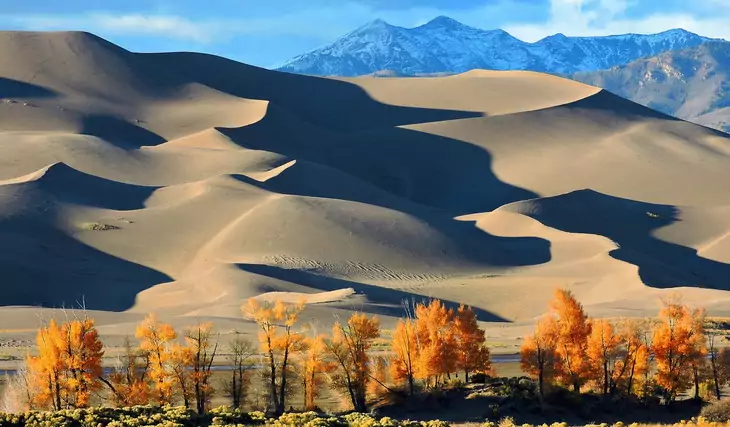
Survival Tool
Luckily, there is a survival method for getting water from the driest deserts amid their most fierce seasons. It is usually called “the solar still”. It is a standout amongst many survival tools available and was created 40 years ago by two physicians working for the U.S. Bureau of Agriculture. After testing carried out by the U.S. Aviation based armed forces on the solar still in the Arizona desert, the result demonstrated that the still could spare your life.
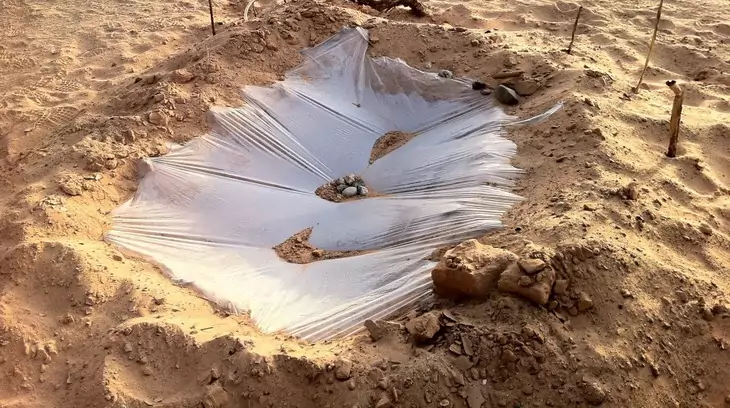
The solar still operates under the general rule of the so-called “greenhouse effect“. Solar energy warms up the ground by going through a transparent plastic container. Dampness from the soil, then dissipates rises and gathers on the underside of the plastic container above. The still additionally can clean contaminated water. Truth be told, it gathers pure water together from pretty much anything. Indeed, even pee will deliver perfect, drinkable water.
Materials
There are just two basic components to develop the solar still. They are compartment – to gather the water and a clear plastic. A scoop or trowel, plastic tube, and tape are the optional components. The compartment can be a collapsible container, a vacant plastic bottle, a lightweight cooking pot or pretty much anything sufficient to contain falling drops of water. Even tin thwarts or a sandwich pack can be formed into a workable repository.
The sheet of clear plastic can serve as a ground material used under tents when thin painting or backpacking drop fabric. Both functions admirably the length of there are no tears or openings. This is the one thing that ought to be conveyed at all circumstances since there is no normal substitute available in the boonies. Some desert rats love to keep their plastic sheets collapsed inside a hip sack or as a major material of their emergency treatment kits.
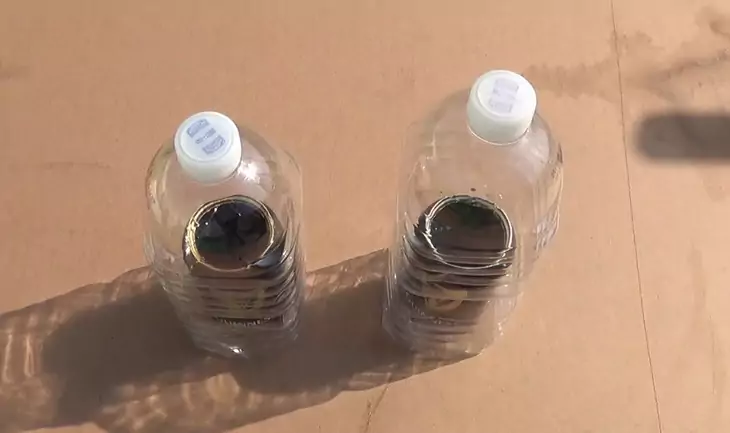
A 6-foot length of adjustable plastic tubing, like the kind utilized in fish tanks, is an unimportant yet alluring expansion to the still material. This will enable you to drink aggregated water without expecting to break down the solar still, definitely influencing its proficiency.
Development
The best aspect of this life-sparing gadget is that for something that gathers water from apparently nothing, the solar still is incredibly easy to construct. Here is how you can successfully build one:
- Burrow a pit of around 3 feet deep and 4 feet wide. Make use of a burrowing stick, hand trowel, scoop or even your bare hands in the soft soil. Search for a depression where water may be gathered.
- In the middle of the pit, burrow another little opening sufficiently profound for the water compartment.
- Put the compartment inside, then run the tube from the compartment to the outside of the pit. If there is a tape accessible, tape the tube within the compartment.
- Cover the pit with the plastic sheet, equitably on all sides, yet not touching the base of the pit. Grapple the corners with rocks.
- Locate a little-rounded stone to put in the middle of the sheet, over the water compartment. This should centralize the plastic and control any fluttering that may possibly be caused by the wind. Tenderly push down on the middleweight until the sides incline to 45 degrees. In case the pit is burrowed deeply, this ought to leave the middleweight only a couple inches over the water compartment.
- Next, secure the plastic sheet edges with soils and rocks. Ensure there are no spots where dampness can get away.
- Close the tube end using a knot, or twofold it and tie it tightly.
- Within the range of 1 – 2 hours, the air inside the solar still will wind up noticeably soaked with dampness and start to gather onto the plastic sheeting underside. Due to the edge of the plastic, water will keep running towards the middle. Lastly, drops will accumulate and start to fall right from the apex into the water compartment
The solar still just takes around an hour to be fabricated. If developed accurately, it can generate about a quart of water per day.

Furthermore, in spite of the fact that the palm trees might be perceptibly missing, you would have made your own one of a kind desert spring, faster than Hollywood could.
Final Thoughts
Most importantly, the exploration and the research carried out from the Grand Canyon by some scientists demonstrates that a man who is lost and short of water can still survive up to 48 hours in this situation if he knows how to manipulate his own sweat. So have a similar thought as a cowboy, take cover in the shade, keep secured, escape the wind and sit tight for searchers.
If you don’t want to do that and start to push yourself looking for water in the warmth of the day, you could eventually drop dead as a result of warmth stroke in a matter of 3 hours for trekking. Therefore, if you’ve told someone you’re hiking arrangements, sit tight and hold on for assistance. Before leaving for any trip, read our topic on how to survive in the wilderness – it’s a must-read.
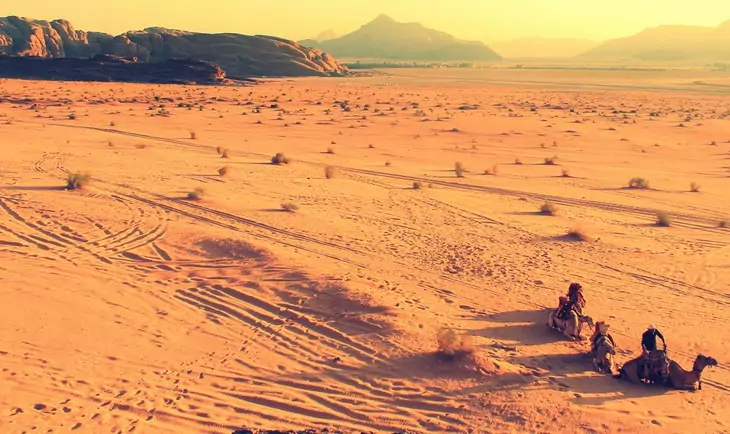
We believe you really enjoyed this article. For further thoughts, inquiries or suggestions, you can leave a comment below.

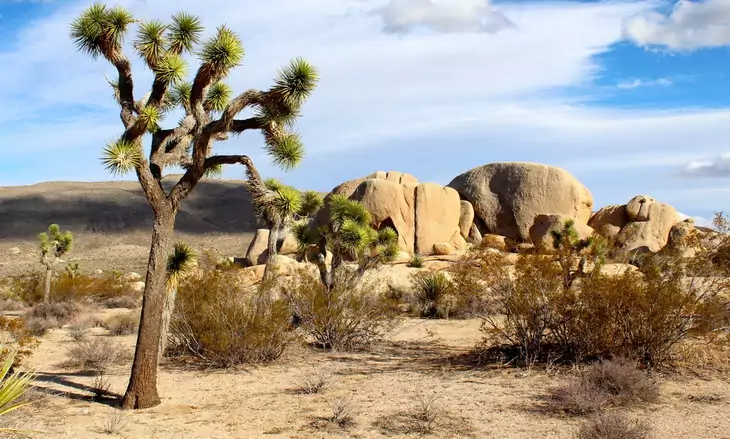


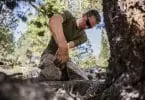



I do not know much about survival in the desert, but I have seen nomads and other desert dwellers do some of the things stated in this article, including digging shallow holes to get water. I do not know how much water a person can get from due, but I doubt that it can be enough to quench one’s thirst.
You would be surprised!
There is just so much I have learned from this article, although I am not sure if or when I might find myself in a desert any time soon. The point on taking after wildlife reminded me of a video clip I saw about how people who dwell in the Kalahari Desert feed monkeys and baboons with very salty food which makes them feel thirsty and then the animals are forced to look for water and the people follow the animals to the nearest oasis.
Thank you!